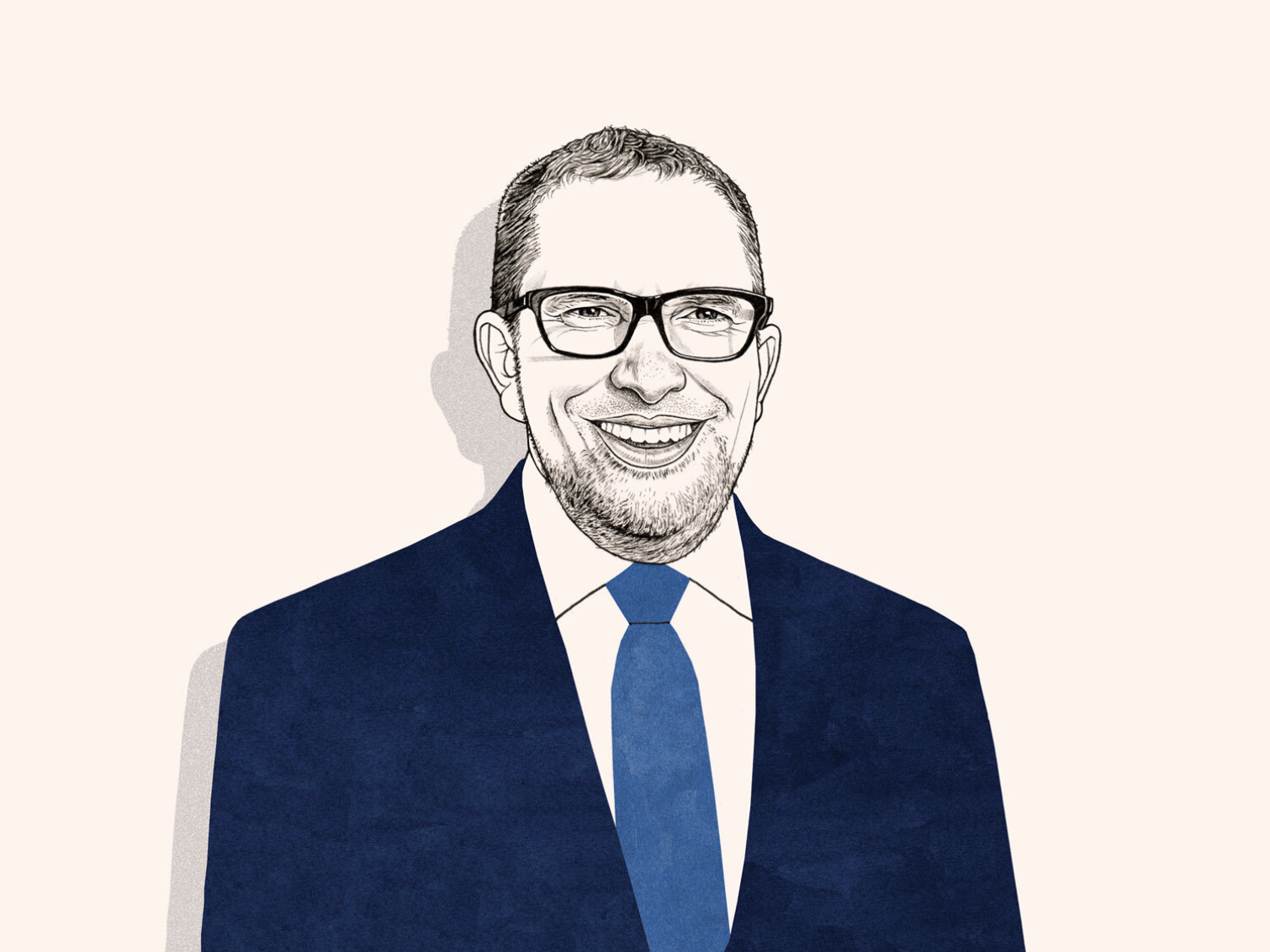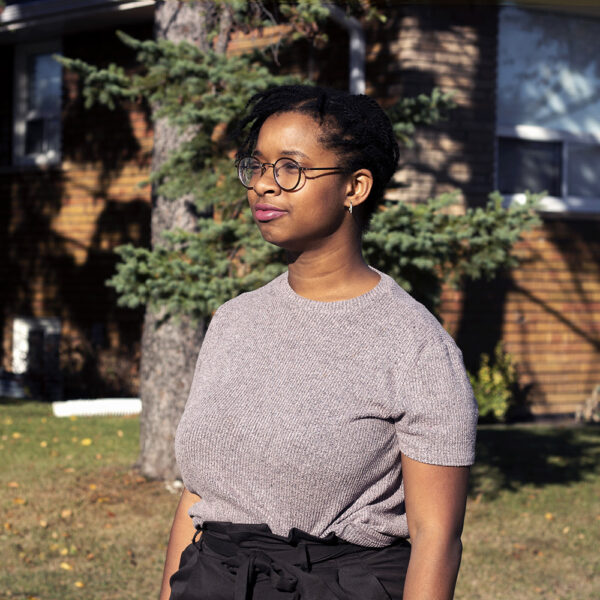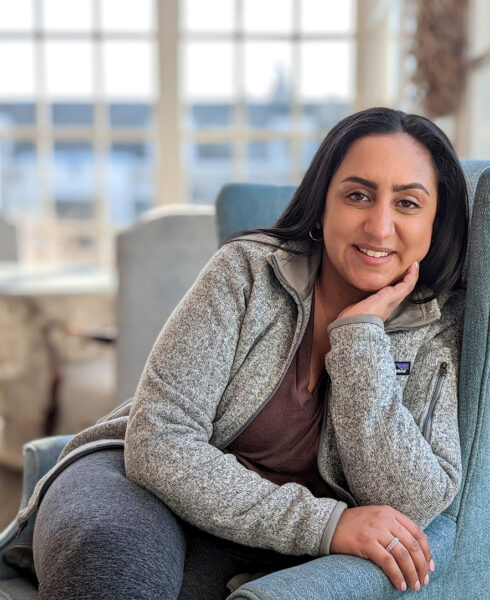The pandemic brought with it many challenges to post-secondary education: providing career counselling to students entirely online; developing individualized learning programs tailored to students’ abilities and learning styles; and using virtual reality to deliver the lab experience in distance learning.
The truth is, COVID-19 did not force a sharp turn in the evolution of post-secondary education; it accelerated trends that were already in motion. Coping with the pandemic has meant opportunities to rethink teaching and learning for more effective, creative and more widely accessible education.
The centuries-old model of higher education was being challenged long before the pandemic. And now the stage is set for a rapid and fundamental shift. Rapid change isn’t easy and comes with hurdles, but the upside for universities and for our students in the long run is huge.
In many instances there is no substitute for face-to-face learning and teaching, particularly when it comes to labs and studio work. But online and virtual learning is natural for this generation of students. We know that simply moving lectures online is not best practice, so what will the future of learning look like?
Research shows that interactive, self-paced learning is more effective than lecturing, and a hybrid model of learning is definitely in the future. Rather than simply searching for information, students will have more time to problem solve and collaborate – mirroring real world experiences.
What about curriculum? Fundamentals are always vital, however preparing students to succeed means paying attention to developing future skills and competencies including leadership, team building, creativity, communication and resilience. These are the tools that will enable Ryerson students to innovate and push boundaries, to build better organizations, to strengthen communities and to participate in city building and sustainability.
I believe this evolution will ultimately lead to more valuable experiences for our students and will benefit those well beyond the university campus.
We must be mindful, however, that any changes have the potential to deepen existing inequalities. We must recognize that we have a responsibility to create a more equitable, inclusive and diverse higher education sector.
The pandemic has forever changed aspects of our lives and communities. Recognizing the potential and seizing the moment will allow us to accelerate change that will deepen the impact of higher learning and open more widely the doors of opportunity for all.





